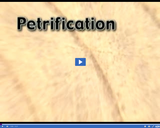
Petrification is the process by which cells in once-living things are replaced by minerals in water, turning the preserved part o stone.
- Subject:
- Science
- Provider:
- Utah Education Network
- Author:
- Visual Learning Company
- Date Added:
- 02/28/2010

Resources created or licensed by the Utah Education Network

Petrification is the process by which cells in once-living things are replaced by minerals in water, turning the preserved part o stone.
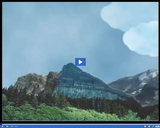
As air rises, it cools and condenses into small droplets of water or ice, which make up clouds. When the particles of ice or water become too heavy, they fall in the form of precipitation.
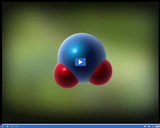
A water molecule is made of a relatively large oxygen atom and two smaller hydrogen atoms.

The water table moves up and down depending on how much water is in the ground. During droughts, the water table sinks. During times of heavy precipitation, the water table rises.

UEN Homeroom welcomes Gabbi Young, an EdTech coach with Washington County School District, to our Learn @ Home series. As part of the discussion we focus on the need to be on the same team with teachers and students, the impact of the Digital Teaching and Learning Grant in preparing our schools for distance learning, and how to support teachers with their current needs.

This video introduces what you can learn by using the Gale Reference Library in Utah's Online Library.
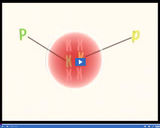
When a parent plant forms sex cells, the genes of the parent separate. According to the Law of Segregation a gene from each pair goes to each sex cell.
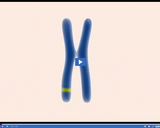
A mutation is a change in a gene.
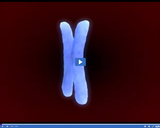
Chromosomes contain genetic material made up of many genes.
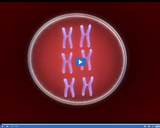
Chromosomes are located in the nucleus of every cell in a living thing.
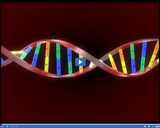
Scientists refer to the shape of a DNA molecule as a double helix. Rungs on the double helix are formed by substances called nitrogen bases.
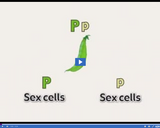
A male sex cell unites with a female sex cell to form a fertilized egg.
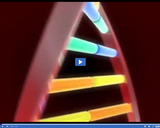
There are four different types of nitrogen bases in DNA, which combine in specific ways. The sequence of nitrogen bases determines the particular genes on a chromosome and the genetic code.
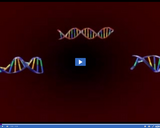
Recombinant DNA is created by inserting a DNA segment or gene from one organism into another. DNA is usually transferred from a complex organism to a simple organism, such as bacterium.
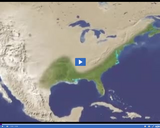
Plains are large, flat areas with little difference in elevation. Coastal plains are located relatively close to the coastline of the ocean. The highlighted area indicates coastal plains along the Atlantic and Gulf coast.
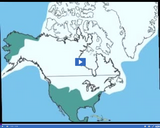
From time to time, throughout North American history, a large portion of the continent has been covered with massive sheets of ice called glaciers. The ice sheet pictured here covered all of Canada and extended as far south as Iowa and Illinois.
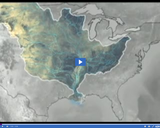
Most of the water from the Interior Plains drains into the Mississippi River watershed. The Mississippi River travels south to the Gulf of Mexico, where it deposits sediments in the Mississippi River delta.
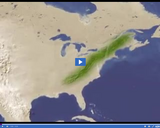
The Appalachian mountains stretch from Alabama, along the eastern United States, to Newfoundland, Canada. The Rocky Mountains stretch from New Mexico to Alberta and British Columbia.

In this video, Matt shares 3 useful tips and tricks for teachers looking to save time and increase productivity with the help of Google Sheets.

Have you ever thought of using Artificial intelligence (AI) in your classroom? In this video, Matt shows you the benefits of using AI to help support student learning with the help of a few Google tools readily available to you.